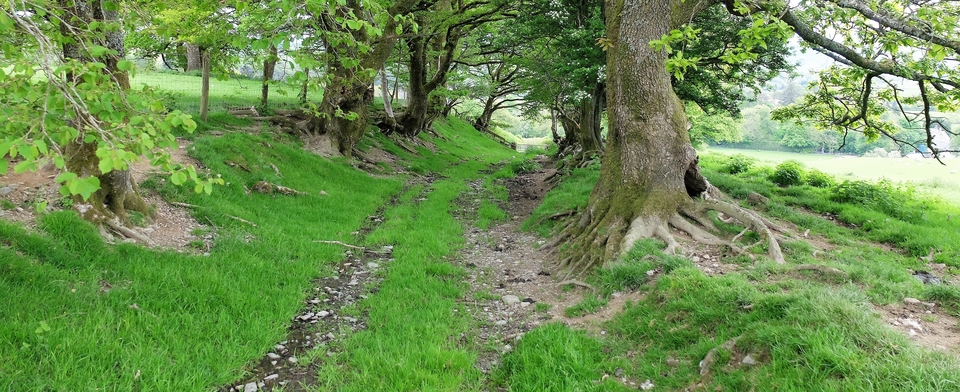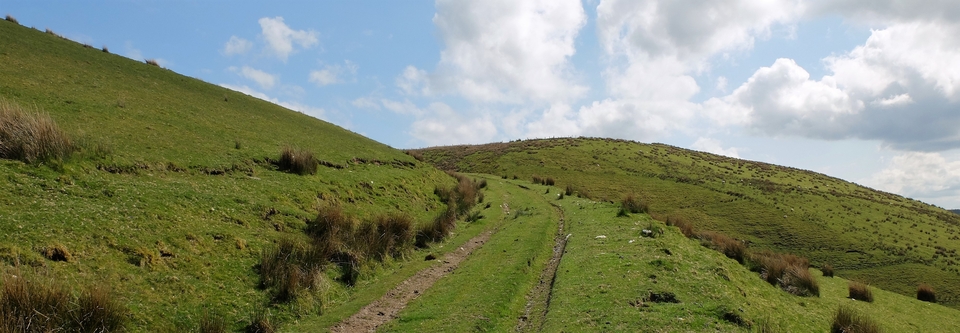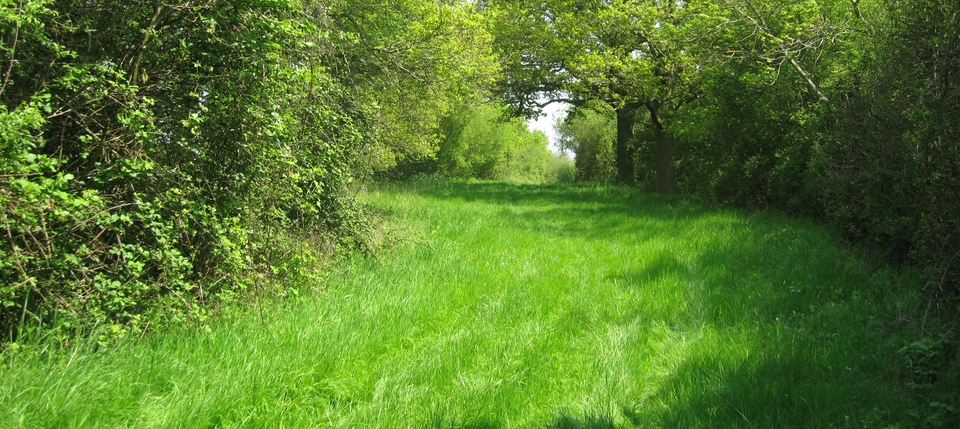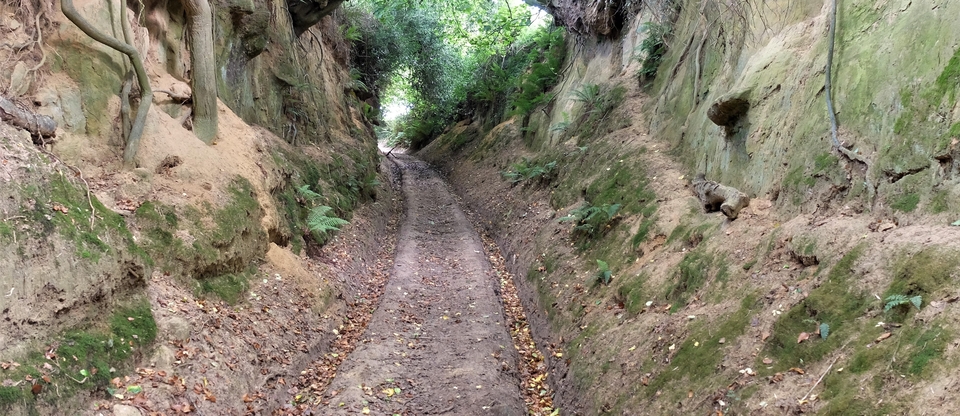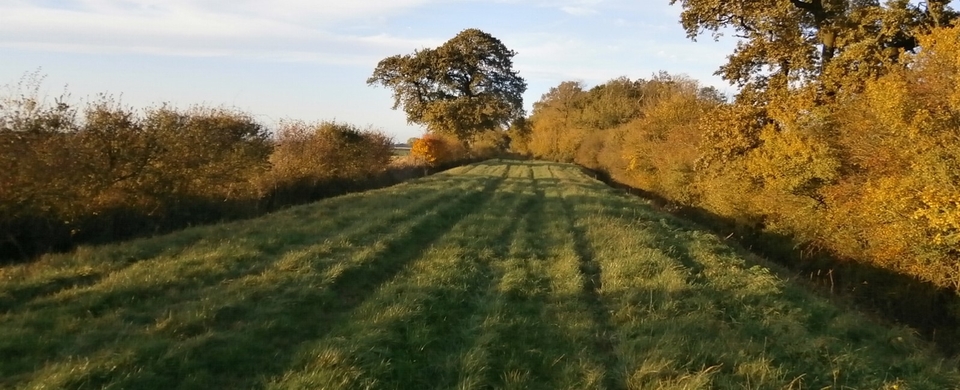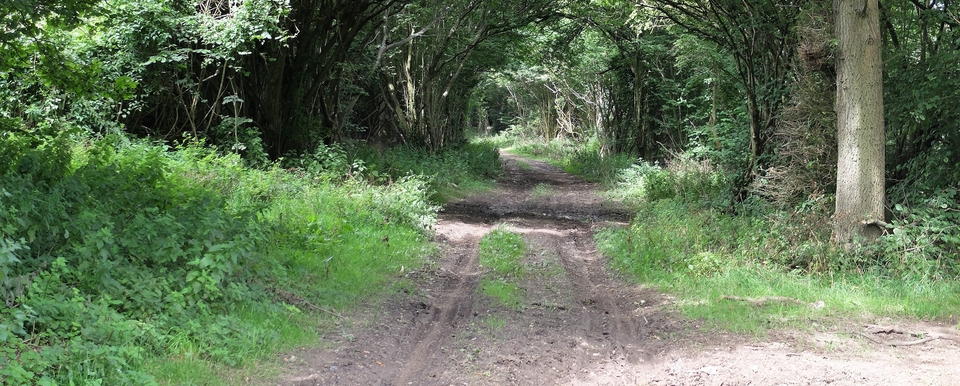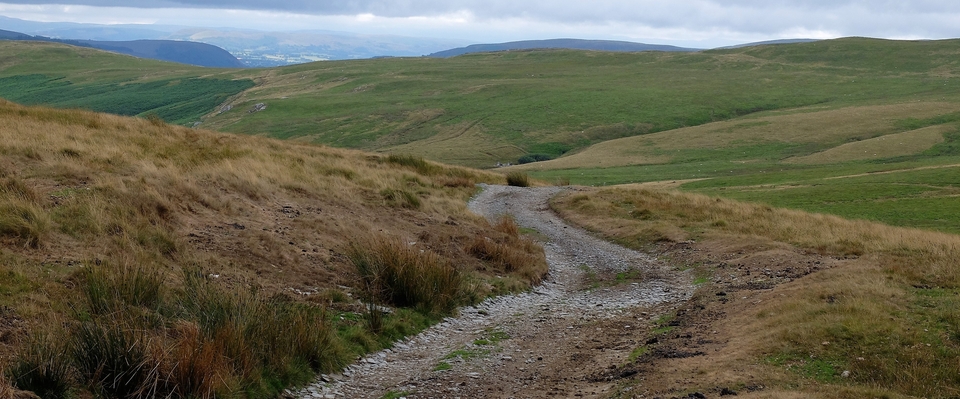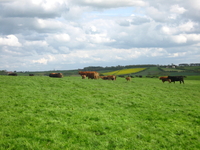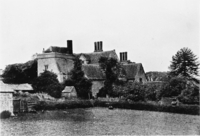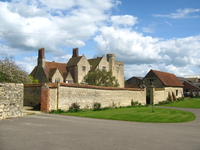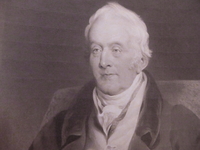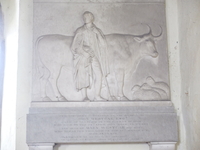Creslow Pastures
The valleys of the South Midlands - Welland, Nene and Aylesbury Vale - had some famous pastures, but the most envied of all was at Creslow, near Whitchurch in Bucks.
It was the pasture of kings: certainly not available to itinerant beasts. The 900 acres of permanent grass at Creslow fed cattle for the Royal Household and was owned by the Crown from 1483 till 16351, when it was sold by Charles l to Cornelius Holland. (He repaid his monarch by becoming one of the regicides, although his signature does not appear on Charles' death warrant.) Creslow passed to the Clifford family at the Restoration.
The ‘Great Field' is over 300 acres, the largest in England. The saying went: cattle would only need to go round it once before being fat for market. The grass is so rich & deep one can almost believe it (#1).
The most renowned owner of the pasture was John Westcar (1748-1833), whose wife's family had farmed Creslow as tenants of the Cliffords for much of the 18th Century. After moving into Creslow Manor, the oldest continuously inhabited house in Bucks (#2,3), Westcar started to specialise in Herefords.
He was a founder-member of the Smithfield Club (1798) and the following year his (Hereford) ox won first prize. It sold for 100 guineas, the first of the 42 prize cattle bred by him at Creslow. His portrait by Charles Turner (#4) hangs in the NPG.
But Westcar's most important achievement was to pioneer the use of canals for cattle-transport. In 1799 the Grand Junction (later Grand Union) Canal was opened up as far north as Marsworth, north of Tring. Walking his beasts via Aston Abbots, Wingrave & Long Marston would be a journey of under 15 kms, say 9 miles. Easily done in a day, so no shoeing involved.2
The main problem is summed up by an article in the Morning Chronicle in 1802:
"Mr Westcar's large oxen were intended to come...by barge to Paddington Wharf, but the shortness of the water on the summit at Tring...prevented it, and the oxen were obliged to be driven to Two Waters Wharf [Hemel Hempstead] where they were put into a barge & conveyed to Paddington."
Hay would be bought en route and watering the beasts would have been simple with two drovers on board. The money saved should have been considerable: shoeing cost 1/= a beast & overnight grass nearly £1 a herd and neither were required.
As for the time taken: I imagine 1-2 mph would have been possible if fresh horses were available and the locks were reasonably clear of traffic. So the 41-mile journey would have probably taken 24 hours non-stop or two days if the barge was laid up for the night. Any ideas, anyone?
In the Church of St John in nearby Whitchurch is a splendid memorial to John Westcar, a mural tablet with an ox and three sheep sculpted upon it (#5).3
My thanks to Brian Lear for showing us round and allowing me to take the pictures. Also to Terry McCaffrey of the Whitchurch History Society for providing me with so much about Westcar.
1 There is a document from Elizabeth's reign placing Creslow Pastures under the control of "the chief clerk of our kitchen, for the benefit of our household".
2 The Aylesbury Arm of the canal opened in 1815, which cut the journey by 5 kms.
3 A rather touching plaque on the south wall of the church tells us, perhaps, a bit more about him. It reads "This tablet was erected by John Westcar as a just tribute to the memory of Thomas Sirett, who was a faithful and diligent servant to him at Creslow..."
